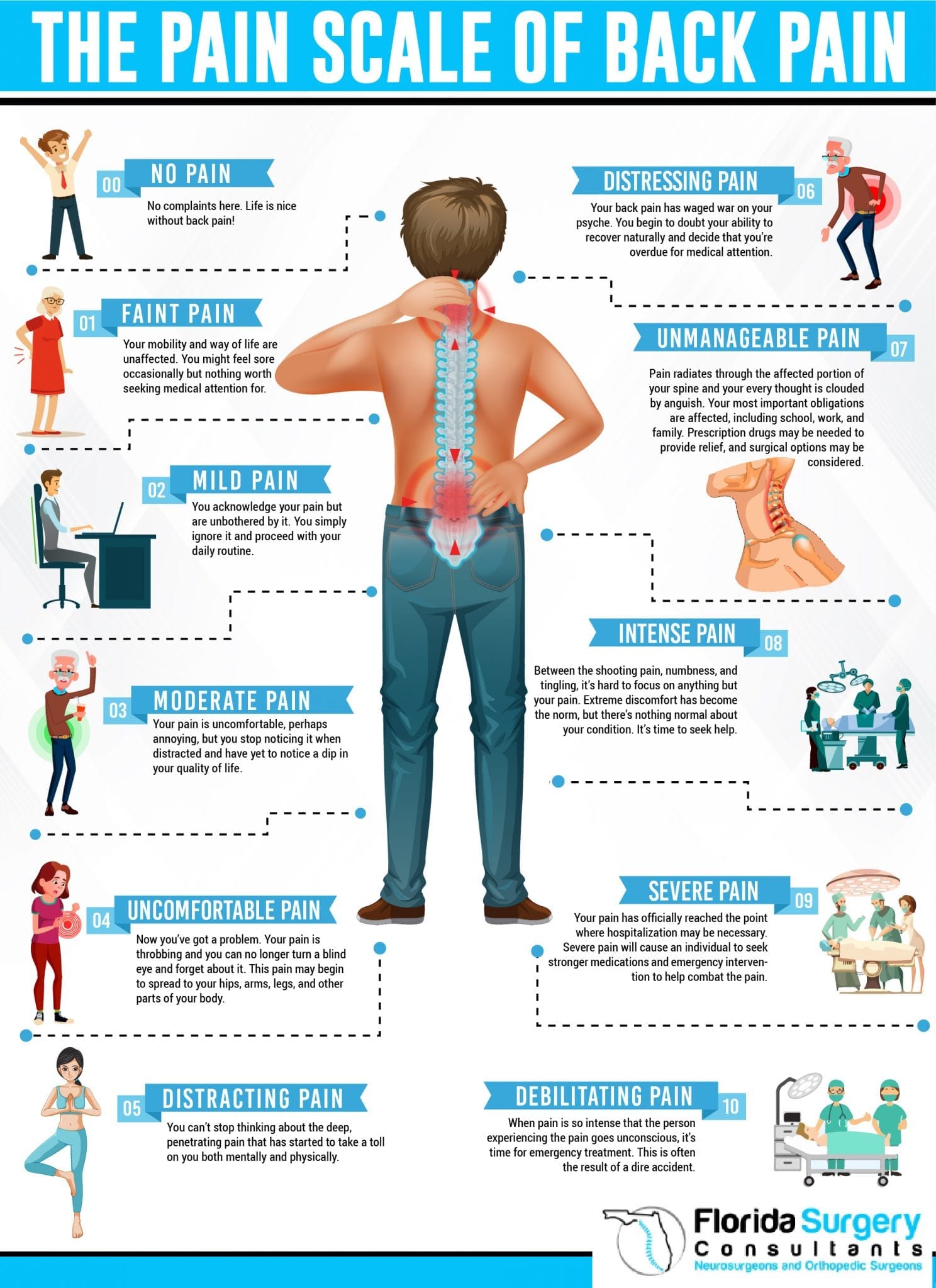Non-Surgical vs. Non-Surgical Pain Management: Deciding the Selection

Pain can be an overwhelming experience that affects not only the body but also emotional and cognitive health. In recent years, advancements in pain relief techniques have opened up a myriad of options for people seeking relief. Whether struggling with acute pain from an accident or managing long-term ailments such as arthritis or muscle pain, understanding the spectrum of therapies and treatments available is crucial for making informed choices.
As we delve into the world of pain therapy, it's important to consider the distinctions between surgical and non-surgical approaches. Just as no two individuals experience pain in the same way, the pathway to relief can vary greatly. Patients now have access to a wide array of therapeutic options, from physical therapy and spinal adjustments to medication and alternative treatments like needle therapy and cannabidiol. This thorough guide will examine how these services can enhance quality of life, highlighting effective strategies for addressing various types of pain while empowering individuals to choose the best course of action for their unique situations.
Grasping Pain Management
Pain control encompasses various different medical approaches crafted to reduce pain and enhance the life quality for individuals suffering from discomfort. At its foundation, pain management aims to recognize the root causes of pain and efficiently lessen it through a tailored treatment plan. This may comprise an amalgamation of medication, physical therapy, complementary treatments, and lifestyle modifications. Understanding this field requires a comprehensive approach to not only treat the symptoms but also address the underlying factors of discomfort.
The complicated nature of pain itself makes successful management challenging. There are different types of pain, for example acute and chronic pain, which requiring distinct approaches for treatment. Acute pain is typically a direct response to injury or illness and is often temporary, while chronic pain persists over time, often without a clear cause. Understanding these differences is crucial in determining appropriate interventions and utilizing various therapies that best fit an person's specific needs.
Pain control programs are designed to provide patients with an all-encompassing plan that considers the physical, emotional, and psychological aspects of pain. This collaborative approach can significantly improve overall health and well-being by integrating various treatment modalities, including medications, physical therapy, and alternative therapies like acupuncture and chiropractic care. By focusing on a wide array of treatment options, pain management seeks to support individuals to regain control over their lives and successfully handle their pain.
Therapies and Approaches for Pain Relief
Managing pain encompasses a variety of treatments and approaches aimed at alleviating discomfort and enhancing quality of life. One of the most successful approaches includes physical therapy, which focuses on building up muscles and improving mobility. Tailored exercises not only help relieve chronic pain but also instruct patients how to manage their ailments successfully. Additionally, techniques like ultrasonic therapy and healing modalities, such as thermal and cold applications, play a crucial role in reducing inflammation and soothing pain.
Chiropractic care is an additional essential component of pain management. By using hands-on spinal manipulation and other manual techniques, chiropractors aim to correct the body's musculoskeletal structure. This realignment can substantially reduce pain and improve function, particularly for issues like lower back pain or headaches. Moreover, chiropractic care focuses on preventative care and overall wellness, making it a valuable addition to conventional pain management strategies.
Complementary therapies such as acupuncture and massage therapy have gained popularity for their holistic pain-relieving properties. Acupuncture involves placing thin needles into targeted points on the body, helping to prompt healing and reduce pain. On the other hand, massage therapy helps alleviate muscle tension and improve circulation, providing instant relief for many people. These alternative treatments can be particularly effective when combined with standard medical interventions, offering patients a comprehensive approach to pain management.
Managing Chronic Pain Efficiently
Efficiently addressing chronic pain requires a comprehensive approach that combines various treatments and lifestyle modifications. Therapeutic options often feature physiotherapy, chiropractic care, and complimentary practices such as acupuncture and massage therapy. These conservative interventions can help relieve discomfort, improve mobility, and improve overall quality of life. In conjunction with these therapies, patients should explore utilizing mindfulness and meditation techniques, which can play a crucial role in managing pain perception and promoting mental well-being.

Medication can serve as an essential component in chronic pain management , but it is vital to weigh the pros and cons of frequently employed painkillers. Opioids, while effective for some individuals, come with significant risks, making it necessary to discuss complementary treatments like non-opioid medications and herbal solutions, including CBD and medical marijuana. Integrating anti-inflammatory diets and lifestyle changes can also contribute to pain reduction and enhanced wellness, reinforcing the idea that controlling chronic pain extends beyond just medication.
Ultimately, staying active is key to successfully treating chronic pain effectively. Regular exercise, tailored to an individual’s fitness level, can strengthen muscles and improve flexibility, which are essential for pain relief. Patients should also ensure they are getting sufficient sleep, as poor sleep can intensify pain levels. Engaging in relaxing and restorative practices, such as yoga and gentle stretching, can further promote healing and help individuals reclaim control over their lives. Integrating these various elements can lead to a well-rounded pain management strategy that effectively addresses the challenges of chronic pain.
